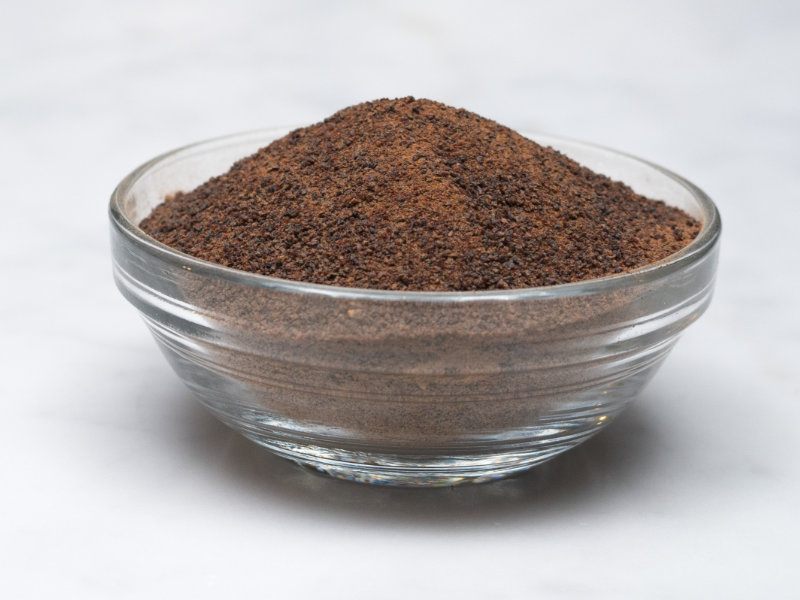Dried prune plum ingredients are being embraced by meat and poultry processors for their varied functions, both performance and nutritional, in all types of comminuted and processed products. In most applications, these whole-food, clean-label ingredients are used in small, yet highly effective quantities, so they do not dramatically change the pH of the protein.
Approximately 50 percent of the weight of a dried prune plum is sugar; however, unlike most dried fruit, much of that sugar is sorbitol — a sugar alcohol — that acts as a humectant. This is one way prune plum ingredients attract and hold moisture in meat and poultry, particularly in burgers, meatballs and sausages. They also contain fiber, which absorbs moisture, holding it in place. This makes them clean-label alternatives to phosphates, the traditional moisture-binding ingredients.
Prune plum ingredients are also a concentrated source of antioxidant phenolic compounds, which help prevent the formation of warmed-over flavor in meat and poultry. This is paramount for heat-and-eat products as well as formed meats kept in warming trays or under heat lamps, such as those encountered in foodservice.

There’s application in raw proteins, too. The high levels of antioxidants can lengthen the display life by maintaining desirable color and slowing the growth of spoilage microorganisms. In some instances, the rich color of prune plum ingredients eliminates the need for formulators to use caramel color or other artificial additives to enhance appearance.
Prune plum ingredients have also been shown to accentuate flavor in meat and poultry preparations, allowing for lower salt and sugar levels. This heightened taste level makes it possible for formulators to cut back on total herbs and spices, possibly reducing cost without lowering impact. Prune plum ingredients especially complement the hot and spicy trend currently driving product innovation. They can round out flavors while enhancing other herbs and spices so it’s not only heat that is tasted.


